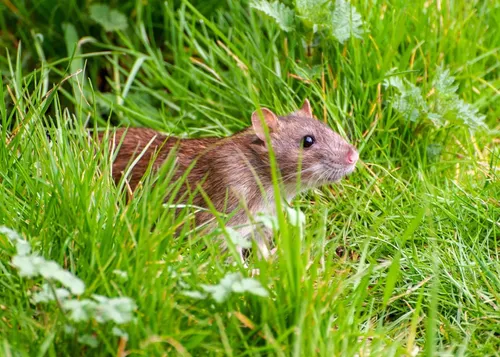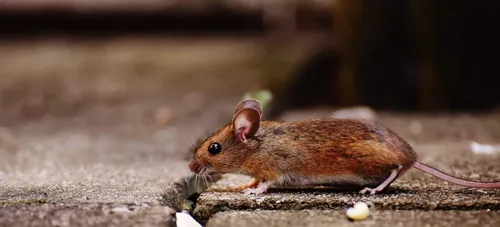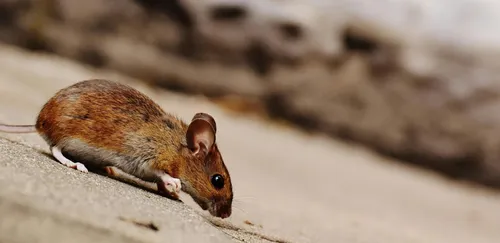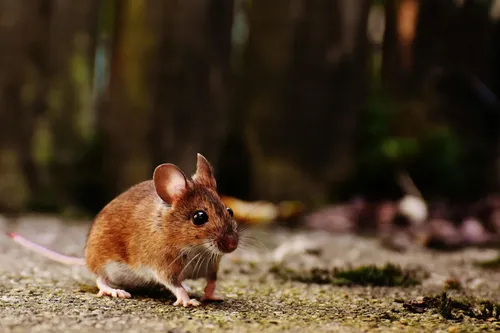All About Mice
The Unwanted Houseguests
Quick Facts about Mice
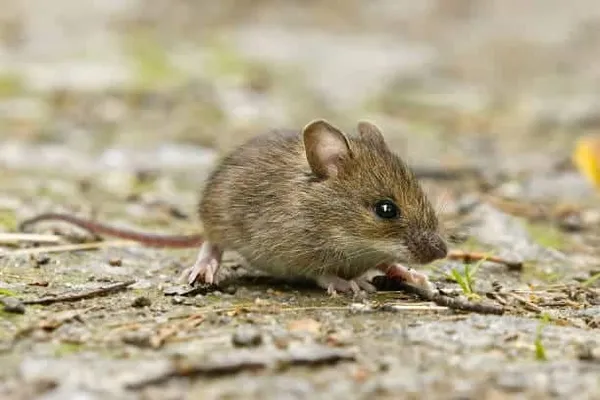
Mice Identification Guide
Physical Characteristics
Mice are small rodents, typically ranging from 2-4 inches in body length, with a tail often as long as their body. They have pointed snouts, large ears, and small black eyes. Their fur can vary in color but is usually brown or gray. One of the most telltale signs of mice activity is their droppings, which are about 1/4 inch long, dark, and pointed at both ends.
Common Species
-
House Mouse (Mus musculus)
-
Deer Mouse (Peromyscus maniculatus)
-
White-Footed Mouse (Peromyscus leucopus)
Mice Behavior and Biology
Mice reproduce rapidly, with a single female capable of producing up to 10 litters per year, each containing 5-10 pups. They reach sexual maturity in as little as 6 weeks, meaning infestations can escalate quickly. Mice are primarily nocturnal and excellent climbers, often nesting in wall voids, attics, and storage areas. They can squeeze through gaps as small as a dime.
How We Treat for Mice
Our approach follows a 4-step rodent protocol:
-
Inspection: Every job starts with a full inspection to locate “hot spot” areas, including signs of activity (droppings, gnaw marks, nests) and potential food sources.
-
Rodent Bait Stations: We place tamper-proof bait stations with rodenticide near high-activity areas.
-
Follow-Ups: We conduct follow-ups early in the process, often at 1 and 3 weeks, to assess treatment effectiveness.
-
Long-Term Maintenance: We recommend quarterly visits to ensure rodents don’t return. Adjustments to frequency may be made based on location and severity.
Additional control methods include:
-
Snap traps for quick knockdown, especially indoors.
-
Exclusion (sealing entry points) when necessary, but only after the primary infestation is controlled.
-
Alternative baits like peanut butter, candy, or meat to adapt to feeding preferences.
Common Questions about Mice
How do I know if I have mice?
+
Common signs include droppings, gnaw marks, scratching noises at night, and food packaging that appears tampered with.
Do you recommend sealing entry points right away?
+
No. We typically do not seal entry points initially because trapping mice inside can create odor issues. Exclusion is considered after we’ve brought the population under control.
Are bait stations safe for my household?
+
We use tamper-proof bait stations, designed to prevent accidental access by children or pets.
How often should I get rodent treatments?
+
Most homes require quarterly service, but in high-activity areas like Old Town Alexandria and DC, monthly or bimonthly visits may be recommended initially.
What’s the average cost for mouse control?
+
A one-time service typically costs between $250 and $400. Recurring plans start around $39/month, with an initial setup fee.
Will I be locked into a contract?
+
No, we don’t use binding contracts. You can cancel anytime with 30 days’ notice.
What happens if the problem isn’t resolved?
+
If you have an active plan with us, you get free unlimited callbacks until the problem is under control.
Find Local Mice Control Services
We provide professional mice control throughout Virginia, Maryland, and the DC Metro area.
